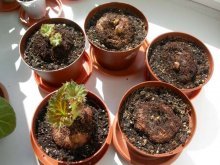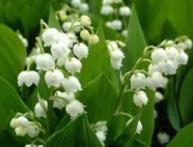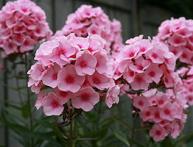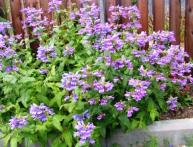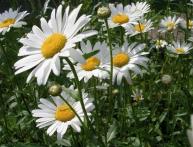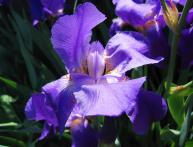Reproduction of tuberous begonia and features of its care
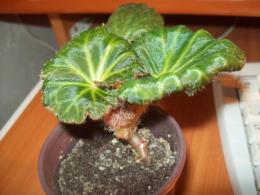
To fall in love with begonia, it is enough to see it once in all its glory during abundant flowering. In addition, a huge number of varieties of this magnificent flower, differing in shape, color of buds and number of petals, will satisfy any taste.
Content:
- History of the plant and its types
- Peculiarities of reproduction of tuberous begonia
- Caring for tuberous begonia
- The most popular varieties of tuberous begonia
History of the plant and its types
The first representatives of begonia, originally from Bolivia, appeared on the flower market in the nineteenth century. Was it hybrid begonia called Zedena, the successful brainchild of breeders who created it from two wild species of this plant. I immediately liked the flower for its abundant blooms and magnificent buds, similar to roses.
Later, the number of varieties began to grow; begonia varieties brought from other countries were crossed with Zedena. Today, the ancestors of modern flowers can be considered begonias growing in Chile, Peru, and Ecuador. Belgium has been the main producer of varietal begonia species for several decades. Holland and France are engaged in breeding cultivated begonias.
Only seven species of wild plants took part in the creation of the modern number of begonia varieties. It is impossible to imagine that all these species of the most varied colors with large or small, double or non-double flowers, with a standard or fringed petal shape have one ancestor.
Today, the assortment of begonias is so huge that many flower lovers are completely at a loss, not being able to understand by what indicators to classify it.
There are nine groups of begonias based on color:
- white
- pink
- salmon
- yellow
- red
- pink with white border
- yellow with red border
- white with hot pink border
- orange
According to the shape of the petals:
- gear
- fringed
- dissected
- folded
By bud:
Peculiarities of reproduction of tuberous begonia

Tuberous begonia the most unpretentious of beautifully flowering begonias. And therefore maybe the most popular. Tuberous begonia is divided into several groups according to the size of the flower:
- large-flowered (flower diameter reaches 20 cm)
- medium-flowered (flower diameter 6-10 cm)
- small-flowered (3-5 cm of flower)
In addition to these indicators, tuberous begonia can be terry or not, ampelous or ordinary.
Begonia is one of the plants that can be grown at home and in open ground. In spring, closer to summer, it can be planted in a place protected from the wind. But it should be remembered that the plant does not tolerate frost and cold well; it should winter only indoors. The ideal temperature for growing begonia is from 15 to 28 degrees. Too high a temperature has the same detrimental effect on the plant as very low temperature.
Tuberous begonia propagates by seeds, cuttings and division of tubers: the collected seeds are sown in prepared soil throughout the winter period: from December to March. Begonia seeds are very small and to make the crops less thickened, experienced gardeners recommend mixing them with sand.It serves as a beacon, indicating where the seeds have already been sown.
The soil mixture most suitable for growing begonia seeds consists of two parts soil, one part peat, one part sand. Seeds should not be sprinkled with soil, otherwise they may not sprout. It is better to cover them with film or glass before the first shoots rise. You can keep the crops in this form until the picking, that is, until the first two or three leaves appear. Begonia should only be watered through a tray. Seedlings are planted in open ground in early June.
Cuttings for propagation Begonias are harvested in February. To do this, mother tubers begin to germinate a month in advance. Month-old cuttings are carefully broken off at the base, leaving two or three buds on the tuber. The broken area should be sprinkled with charcoal.
The cuttings treated with root are planted in a prepared soil mixture, similar in composition to the soil for growing seeds. They manage to take root within a month and a half and are ready to be planted in a permanent place.
Dividing the tubers is the most effective and easiest way to propagate tuberous begonias. Sprouted tubers, pre-treated with wood ash, are planted in the ground in the spring, when the threat of frost has already passed. In most regions this is the end of May - beginning of June. If desired, the tuber can be divided into several parts so that each of them has two or three buds.
The cut must be processed to avoid infection and rotting. The tubers are buried two to three centimeters, making sure that the recesses with the eyes are slightly inclined. This prevents water from accumulating in them.In order for begonia to begin to delight with its abundant flowering earlier, you can plant its tubers in containers two months before planting in open ground.
Choosing a place to propagate begonias by tubers
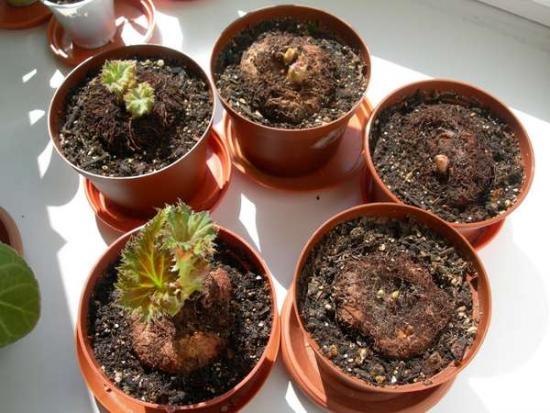
Before you practice begonia propagation tubers, you should choose the right place for it. The size of the flowers, the abundance of flowering, and the color saturation of the petals and leaves depend on a well-chosen location. The ideal option is partial shade.
The plant does not like direct sunlight and begins to wither as the leaves further dry out. But with a lack of sunlight, the begonia will also not feel comfortable - it will stretch out, shed its leaves, the flowers will become smaller or stop blooming altogether.
The soil should be enriched with organic matter, with the addition of humus and a small amount of sand. Begonia loves slightly acidified soil, so pine or spruce needles added to the soil will be a pleasant surprise for it. Good drainage must be ensured. Although the plant is moisture-loving, excess water will lead to rotting of its underground part and death of the plant.
You should not think that if the ancestor of begonia was a tropical plant, then it will easily tolerate excess water. With this plant, it is better to underwater than overwater - begonia will prefer dry soil to excess moisture.
Caring for tuberous begonia
Begonia is considered an undemanding plant to care for. Yes, it will grow and bloom with regular watering. But the beauty of begonia is in its flowers and the duration of flowering. And in order for begonia to be able to express itself in all its glory, showing its abilities to the maximum, you should work a little.
From the moment the first buds appear, the plant should be fertilized every two weeks with liquid complex fertilizer. The best option is to purchase fertilizer designed specifically for begonias. It is maximally adapted to the needs of the plant and will fully satisfy it in vitamins and microelements. It is not advisable to overuse nitrogen fertilizers that promote plant growth. If you overdo them, stems and leaves will rush to grow, and flowering will be suspended or stop completely.
The most popular varieties of tuberous begonia
There are more than twenty varieties of tuberous begonia. Most Popular:
- large-flowered "Golden Ball", "Fireball", "Rainvance"
- terry varieties “Marmorata” and “Primadonna”
- with the original shape of the petals “Crispa marginata”, “Fimbriata”
With a minimum of effort, you can get an amazing plant in your garden or on your windowsill, captivating with its beauty and abundance of flowers. And this plant is called begonia.
Watch how to propagate begonia in the video:
Interesting information about the vegetable garden


